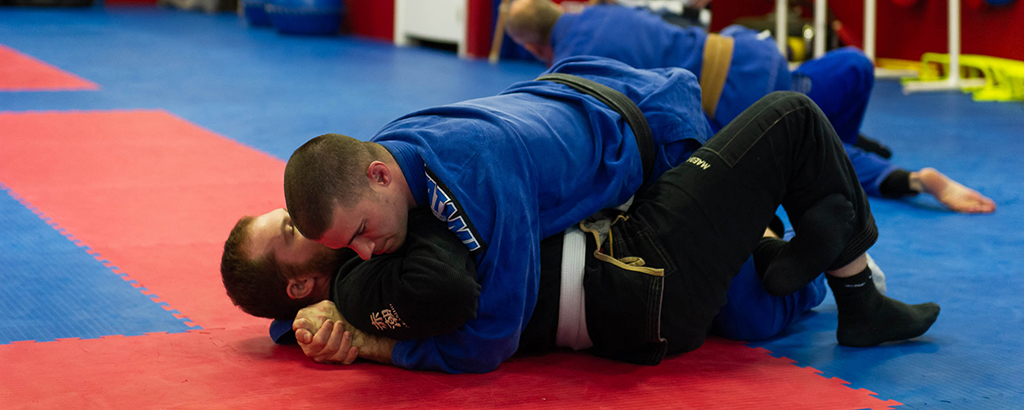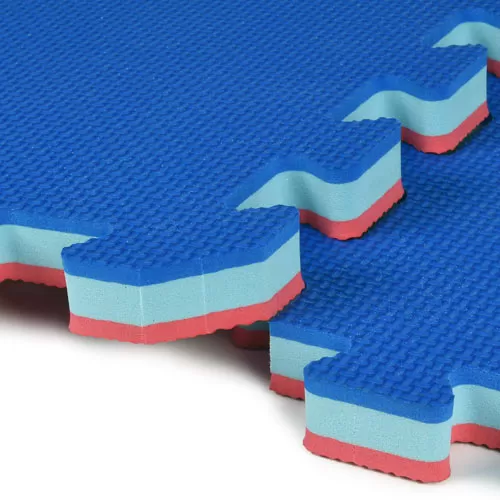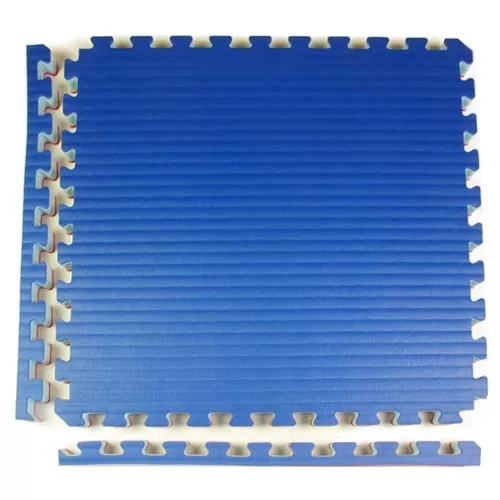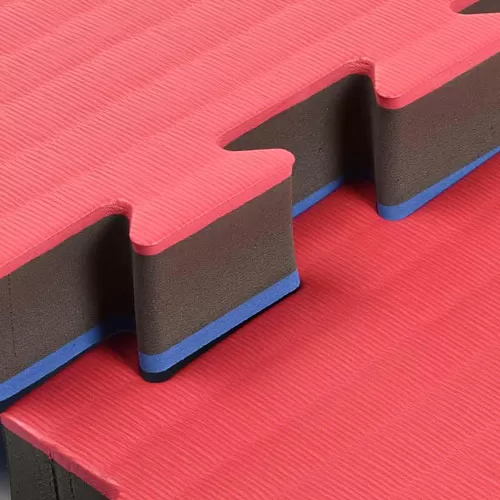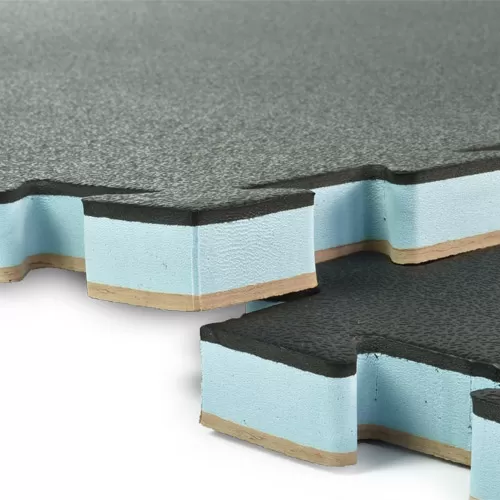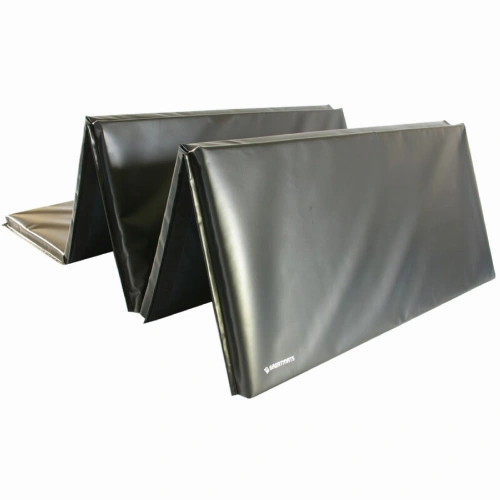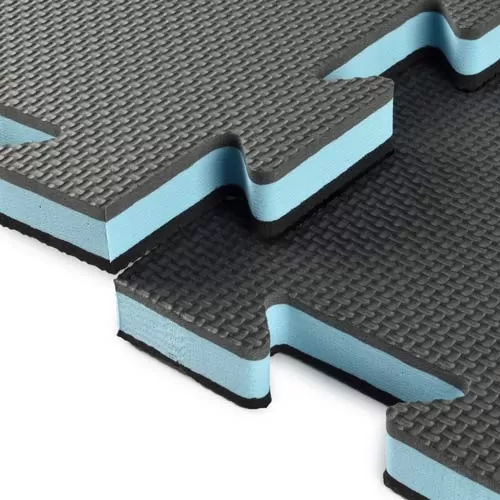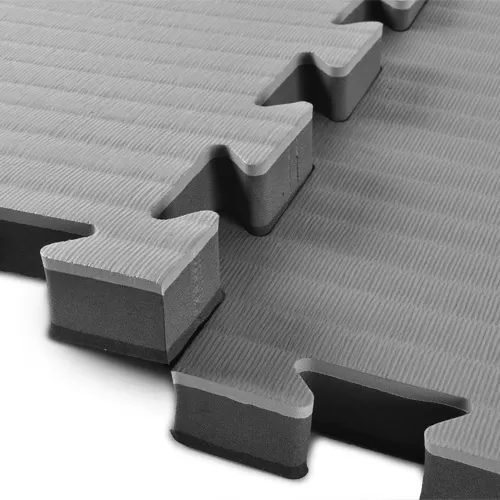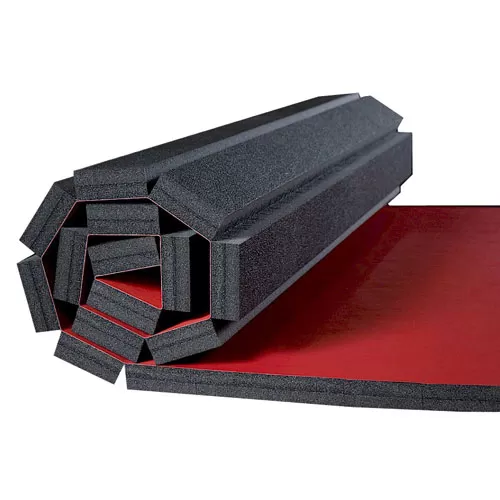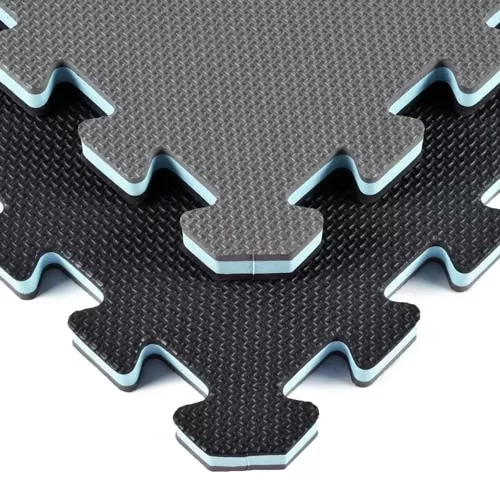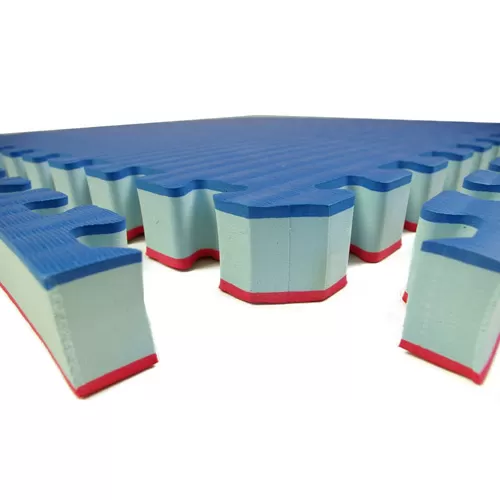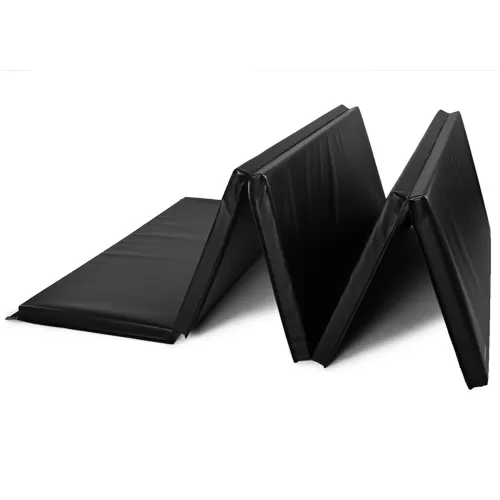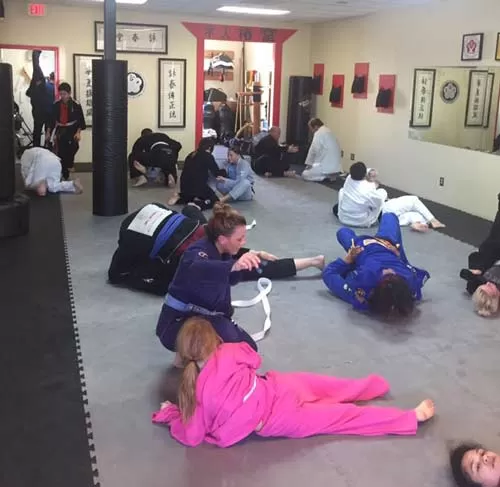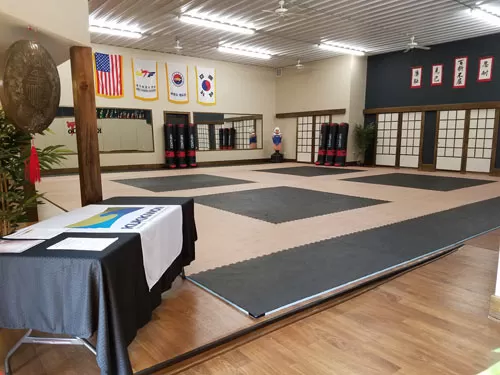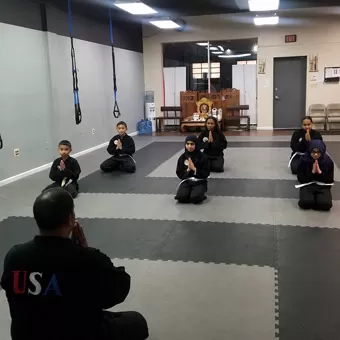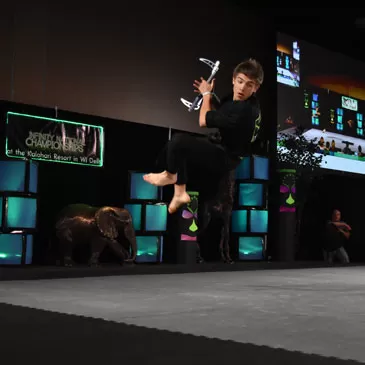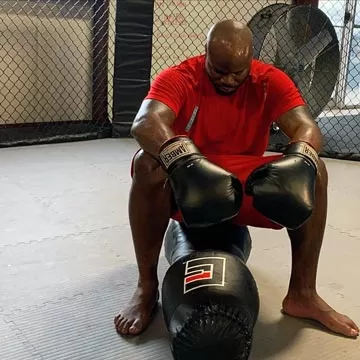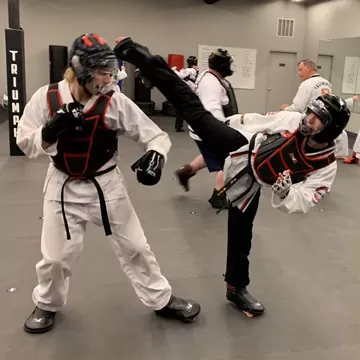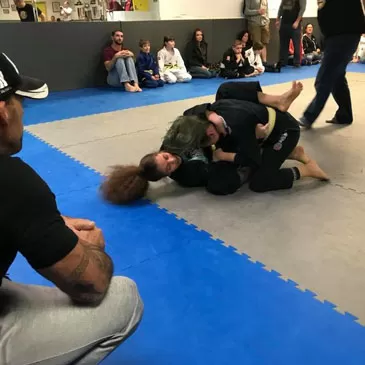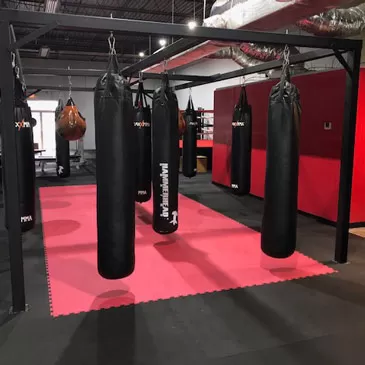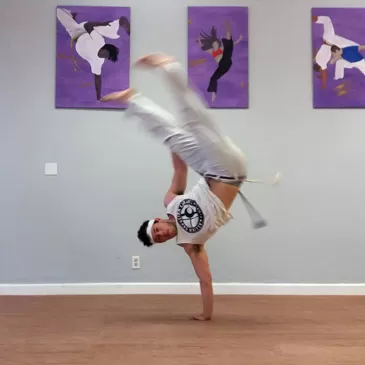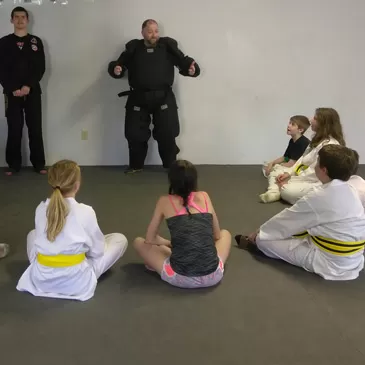With the many different martial arts disciplines, choosing the safest, most durable, and most suitable flooring for your training space is the most important. Using this guide, you can find the best martial arts mats for your needs.
If you want to start your own residential or professional martial arts training facility, it can be difficult to know where to start. Investing in good martial arts mats is essential for running a successful and safe martial arts studio.
This buying guide will help you identify the qualities to look for in martial arts flooring, as well as compare products, find answers to common questions, and hear from real customers.
Every facility is unique, so we work with you to help you make the best decision. If you are building or remodeling your dojo, you must choose the appropriate flooring for your martial arts style. We want you to be satisfied with your purchase.
Call us today at 877-822-6622 to speak to our knowledgeable staff and request a personalized quote. It's time to get started on your vision for your martial arts space!
Article Library
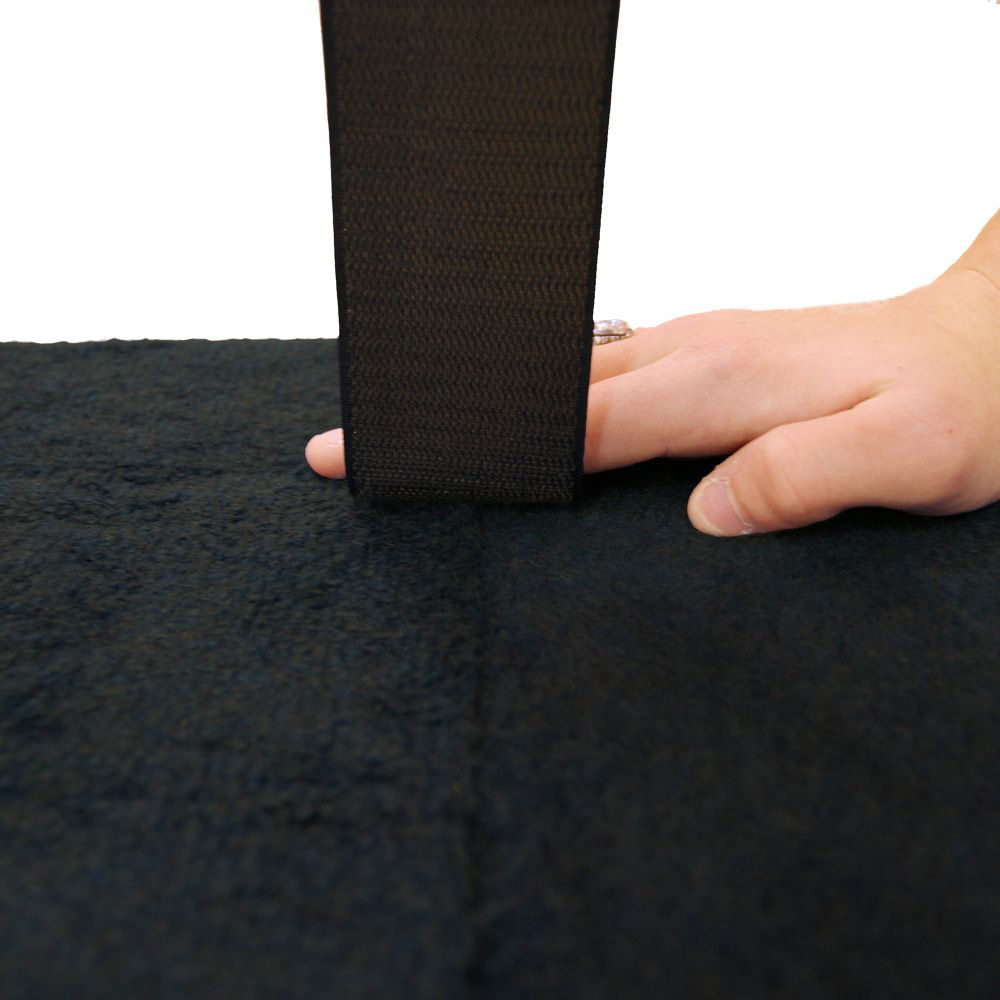
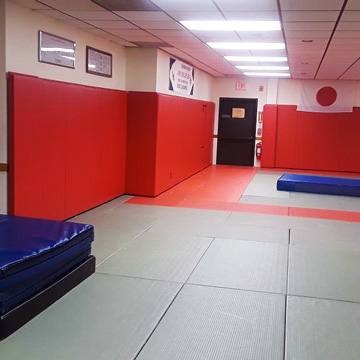
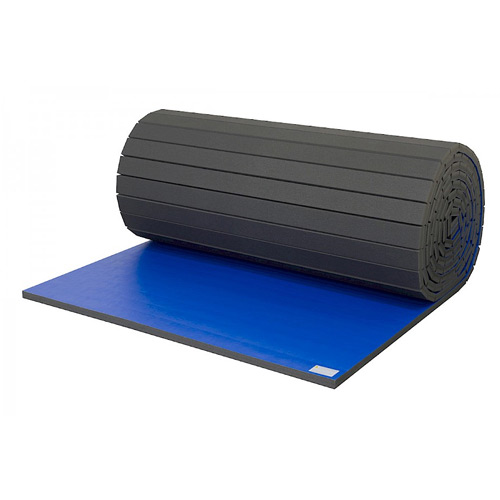

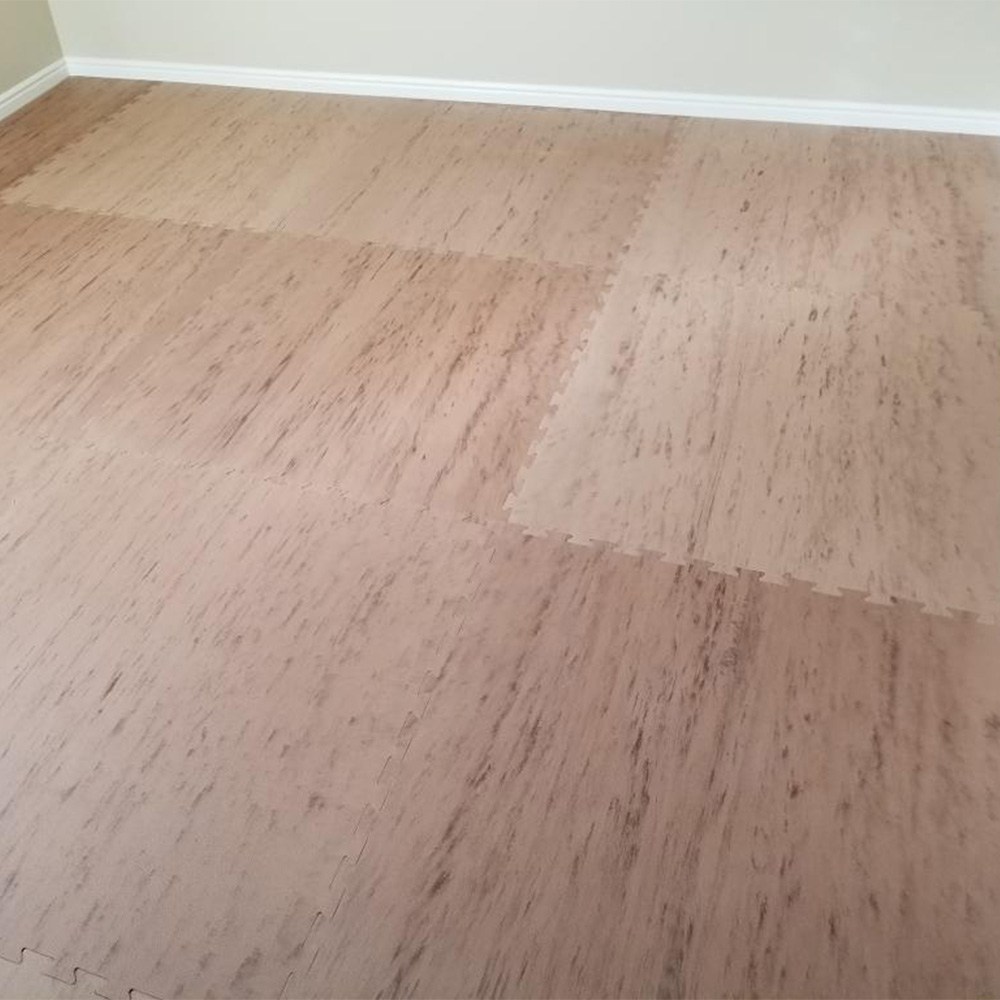
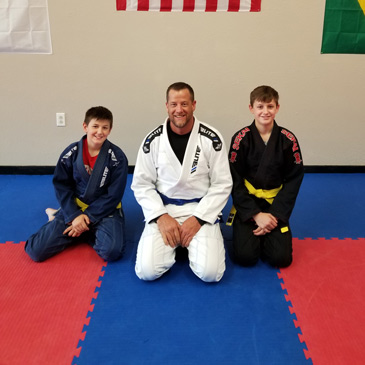
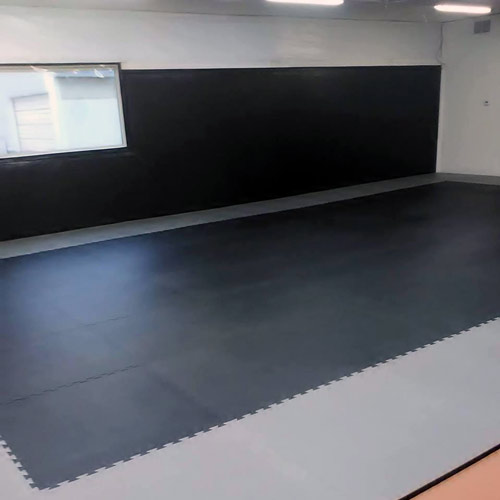
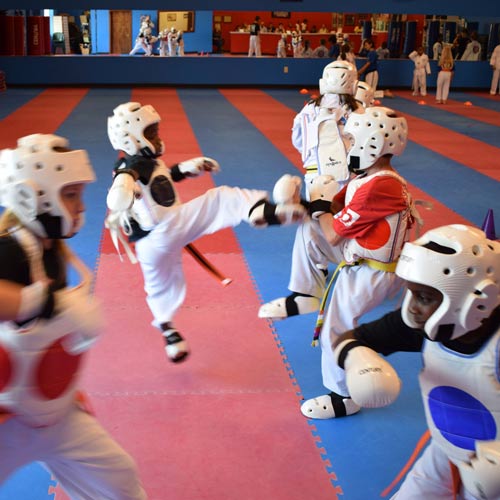
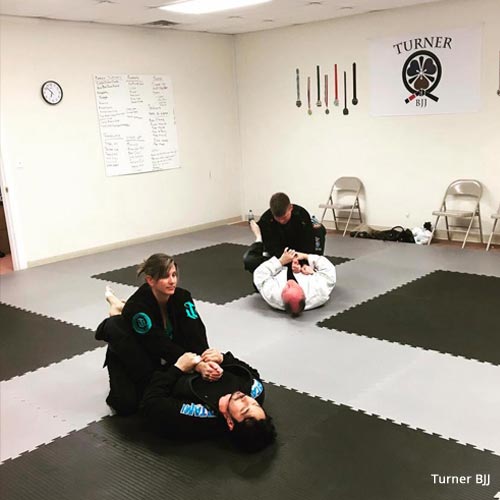
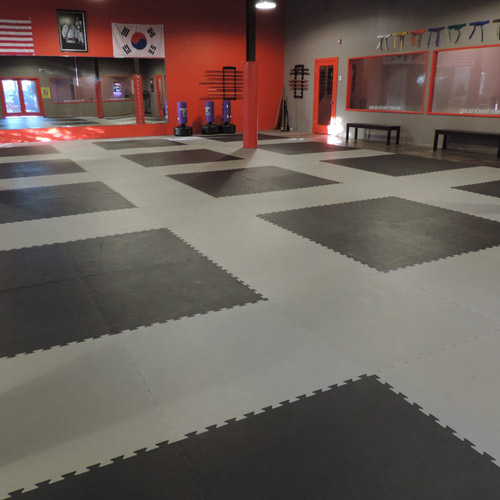
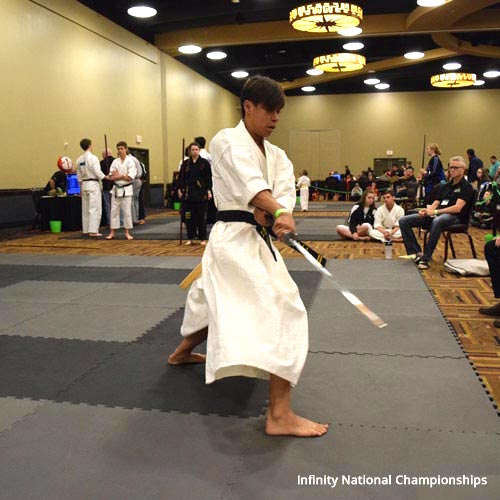
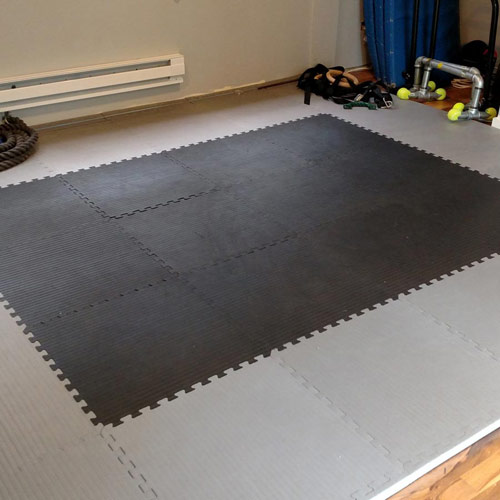
Video Library












Ideas Before You Buy Your Martial Arts Mats
Tips & considerations for purchasing martial arts mats:
The following blogs offer insights on things to consider before purchasing martial arts mats for your professional studio or for home training. Will you be using this flooring in a commercial location, like a studio, dojo, or school gym, or will it be used in a home setting? Specific martial arts disciplines require different mat surfaces, thicknesses, and densities.- Learn why foam thickness and density matter and how they vary from mat to mat. You will also see different mat textures and discover which mats are best for specific disciplines. Learn More: Martial Arts Mats by Discipline: Karate, Jiu Jitsu, MMA, and Taekwondo
- Martial Arts Mats can expand or contract with temperature and humidity. Learn how to prevent buckling or bubbling of martial arts puzzle mat flooring. Learn More: Do Martial Arts Mats Expand or Contract?
- Among the many risks associated with Jiu Jitsu, there are hard falls, mat burns, contusions, and other injuries. Proper matting can help to limit the potential for injuries. Learn More: Jiu-Jitsu Mat Comparison: Roll Out, Folding, Tatami, Puzzle, Home
- The most important factors that come into play when determining what would make a good competition mat system are: thickness, size, price, ease of use, and padding. Learn More: What Makes a Good Martial Arts Competition Mat System?
- Greatmats has mat options to make a 14x14 meter judo floor that can be configured for a competition-sized training space in your professional studio or home. Learn More: How Do You Make a Judo Floor?
- An ideal mat for groundwork and ground fighting should have a combination of several essential features including: fall protection, skin protection, and tight-fitting seams or no seams at all. Learn More: What To Look For In Mats For Ground Fighting
- Your home training studio should provide the same protections as a professional studio. Greatmats offers grappling flooring and conveniently sized, quality home martial arts mats. Learn More: Professional Martial Arts Mats for Home
Top 10 Questions About Martial Arts Mats
Below are the most popular questions we've received about martial arts mats flooring. Click the question to find a detailed answer and explanation on these topics.- How Do I Clean EVA Foam Tiles? To keep foam mats clean and safe for athletes to use, a simple cleaning technique does the trick. Start with a broom or vacuum to remove dust. Then use a basic household cleaner applied with a mop to sanitize the area.
- How Do I Find the Most Versatile Martial Arts Mats? If you are offering multiple types of martial arts disciplines in your gym, seek a kind of flooring that serves athletes well for all disciplines. Start by looking for foam flooring that has the proper level of cushioning for most disciplines, typically 1 or 1.5 inches in thickness.
- Are Textured or Smooth Martial Arts Tiles Better? Textured and smooth mat surfaces are the two most common options. Textured mats include tatami mats, which prevent skin burns, and general textured mats that deliver maximum traction for shoes and boots. Smooth mats are easy to clean, highly durable, and allow for quick movements.
- What Are the Best Shoe- and Boot-Friendly Martial Arts Tiles? When martial arts athletes will be wearing shoes or boots during workouts, look for mats that offer scuff resistance. Mats that have a greater level of firmness will also provide better results with shoes and boots.
- In Which Martial Arts Do You Wear Shoes? Some of the martial arts disciplines and other combat sports that require the use of shoes or boots include wrestling, boxing, krav maga, sambo, kung fu, wing chun, and tai chi. When using shoes in your discipline, you need flooring that can stand up to them.
- What Are the Best Jiu-Jitsu Mats? Using the right martial arts mats can protect athletes participating in jiu-jitsu. Puzzle mats work nicely because of their fall height rating and no-burn tatami surface. For additional cushioning, consider folding jiu-jitsu mats, which have a greater level of cushioning with thicker foam.
- What Are the Best Martial Arts Floor Mats on a Budget? Purchasing mats for a martial arts studio doesn’t have to break the bank. Inexpensive mats can range from about 3/4 inches in thickness to 1-1/4 inches in thickness. They provide traction and durability, similar to their more expensive counterparts.
- Why Are New Martial Arts Puzzle Mats So Slippery? Tiles for martial arts often have a release agent added to the surface at the time of manufacturing to prevent them from sticking together. This agent can be slippery. However, after using and cleaning the mats once or twice, the agent disappears.
- How Much Are BJJ Mats? Mats for BJJ workouts are available in a range of price points, making it easy to find the right model for your budget. Expect to pay anywhere from about $2 per square foot to almost $6 per square foot for various types of mats.
- What Are the Differences Among Tatami Mats? Martial arts mats with no-burn tatami surfaces are available in a few different configurations. Puzzle edge mats are popular because of the ease of installation. Roll-out tatami mats provide a bit more cushioning than individual interlocking tiles.
Best Products for Martial Arts
Home Sport and Play Mat, 3/4 Inch
At 3/4 inches in thickness, our Home Sport and Play Mat carries a low price point, yet it delivers a nice level of cushioning for martial arts workouts. It has a scuff-resistant texture and offers different colors on each side.
Home BJJ Mats, 1-1/2 Inch
Our Home BJJ Mats are a great size for creating a martial arts workout space at home with a tatami surface to prevent skin burns. At 1-1/2 inches in thickness, they protect against falls, yet they’re also highly durable.
Grappling MMA Mats, 1-1/2 Inch
When seeking martial arts mats that are ideal for groundwork and takedowns, our Grappling MMA Mats fit the bill with 1-1/2 inches of thickness and a 4-foot ASTM fall height rating. These mats have a tatami surface and offer different colors on either side of the mat.
Premium Martial Arts Karate Mats, 1 Inch
For a high-density style of mat that allows for the quick spins and jumps required in karate, our Premium Martial Arts Karate Mats work nicely. At 1x1 meter in size, these mats are large enough to cover a big studio in very little time.
Fold-up Gym Mats, 2 Inch
For a high level of cushioning in your martial arts studio, trust our Fold-up Gym Mats. These mats consist of 2-inch-thick PE foam that absorbs impact extremely well, while offering a vinyl covering that protects the foam and enhances the durability of the mats.
Martial Arts Mats Types & Options
Thicknesses & Activities
Customer Installations
Centerline Martial Arts
When Centerline Martial Arts decided to expand the disciplines it was teaching, it needed a type of flooring to go over the top of the existing concrete. When purchasing flooring from Greatmats, Centerline found a good value and longevity in the foam mats for sale.
Wing Chun, Kickboxing, BJJ, and Judo Mats Product: Grappling MMA Mats
Brookings TKD
After renting martial arts mats for a tournament in 2012, Mark Anawski decided to purchase mats to save money over the long run at Brookings TKD. He selected premium foam mats from Greatmats, as they offered the highest level of durability, cushioning, product value, and value in shipping.
Taekwondo Mats Product: Premium Martial Arts Mat
Silat Martial Arts Academy
When looking to upgrade the flooring in 2017 that the Silat Martial Arts Academy had used for many years, it chose to go with 1-inch mats from Greatmats that deliver a mix of firmness and cushioning. The firmness in the surface creates longevity in the product, while also giving athletes the sure footing they need for silat.
Silat Mats Product: Premium Martial Arts Mat
Infinity Martial Arts
Infinity Martial Arts began hosting its own tournament in 2016. Finding just the right karate mats for the tournament was of utmost importance. Infinity chose Greatmats karate mats because they deliver excellent cushioning, and they are easy to install without creating weak spots in the layout.
Karate Mats Product: Premium Martial Arts Mat
Grind House Fitness
The owners of Grind House Fitness were looking for a high-quality jigsaw puzzle mat to install at the cage at their facility. They selected our mats because they do not become slippery when the athletes are sweating on them, providing the perfect level of grip for safe and effective workouts.
MMA Mats Product: Home BJJ Mats
Triumph Martial Arts
The owners of Triumph Martial Arts were looking for a versatile type of mat for their studio that also resisted soaking up moisture. They were pleased to find our taekwondo mats. Additionally, these mats easily fit the odd-shaped spaces they have at the studio, simplifying installation.
Krav Maga and Taekwondo Mats Product: Pro Taekwondo Martial Arts Mats
Harrisburg BJJ and Judo
More than 400 students count on Harrisburg BJJ and Judo to provide a safe and comfortable workout space for judo and Brazilian jiu-jitsu. The studio selected the 1 1/2-inch foam puzzle mats from Greatmats because of the quality of the materials. It started with an order for 600 square feet and added another 2,800 square feet over the ensuing few years.
Judo and BJJ Mat Product: Grappling MMA Mats
Tysons City Boxing
After purchasing a studio with existing carpet flooring, Tysons City Boxing immediately began looking for a replacement flooring option by reaching out to Greatmats. The studio then picked our 1 1/4-inch puzzle mats with a tatami surface that helps the athletes resist skin burns and that delivers excellent cushioning properties.
Muay Thai Mats Product: Interlocking Jiu Jitsu Mats
Allied Capoeira League
When opening a new school in Sacramento, Allied Capoeira League needed a new type of flooring that delivers excellent durability and cushioning. Founder Mestrando Aranha knew of Greatmats’ reputation as a martial arts flooring leader and decided our 1-inch martial arts mats would be the perfect product in the space.
Capoeira Mats Product: Martial Arts Premium Karate Mat
Tactical Hapkido Alliance
Tactical Hapkido Alliance contacted Greatmats for help with creating a new floor in its studio and was immediately impressed. Beyond outstanding customer service, Tactical received a cushioned floor at a great sale price that continues to deliver outstanding durability several years after the initial installation.
Hapkido Mats Product: Pro Taekwondo Mats
Martial Arts Mats Installation & Maintenance Videos
Martial Arts Mats Considerations
How To Cut Interlocking Foam Mats
How To Install Interlocking Foam Mats & Tiles
